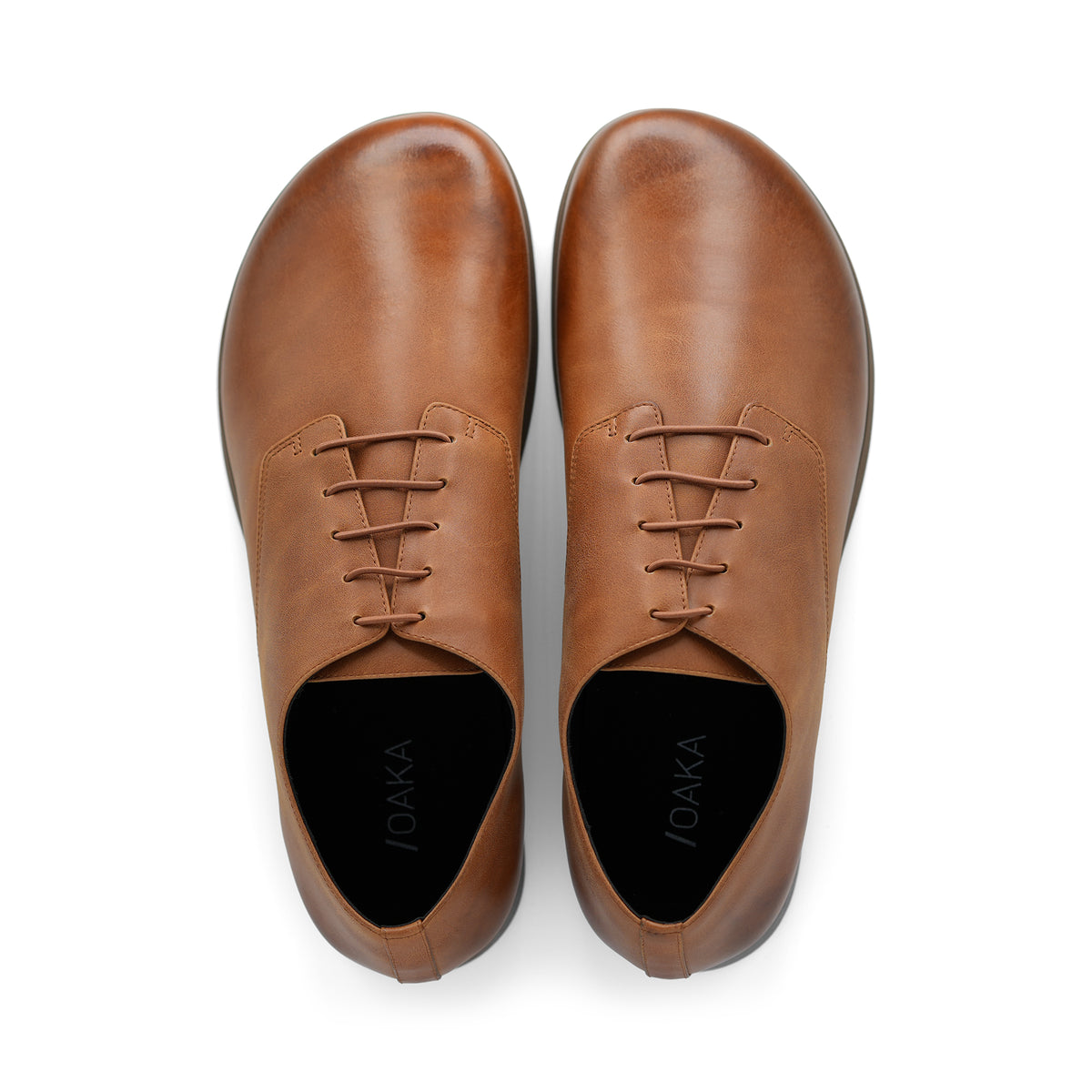Facing the daily struggle of plantar fasciitis pain can lead you to seek out all sorts of remedies. Could barefoot shoes be the solution? With a promise to stimulate natural foot biomechanics and muscle strength, these minimalist shoes might just be the key to reducing your heel pain. In the following sections, we examine the potential of barefoot shoes for plantar fasciitis and guide you towards an informed decision on whether they fit your path to comfort.
Key Takeaways
-
Barefoot shoes, mimicking the natural foot movement and strengthening muscles, may provide significant relief for plantar fasciitis symptoms, such as heel and arch pain.
-
The transition to barefoot shoes should be gradual to avoid injury, starting with short periods and increasing as feet adjust, while also listening to your body’s signals and making appropriate adjustments.
-
In addition to using barefoot shoes, implementing lifestyle changes such as specific foot exercises and modifying daily activities to support recovery can greatly improve foot health and comfort.
Exploring the Connection Between Barefoot Shoes and Plantar Fasciitis Relief
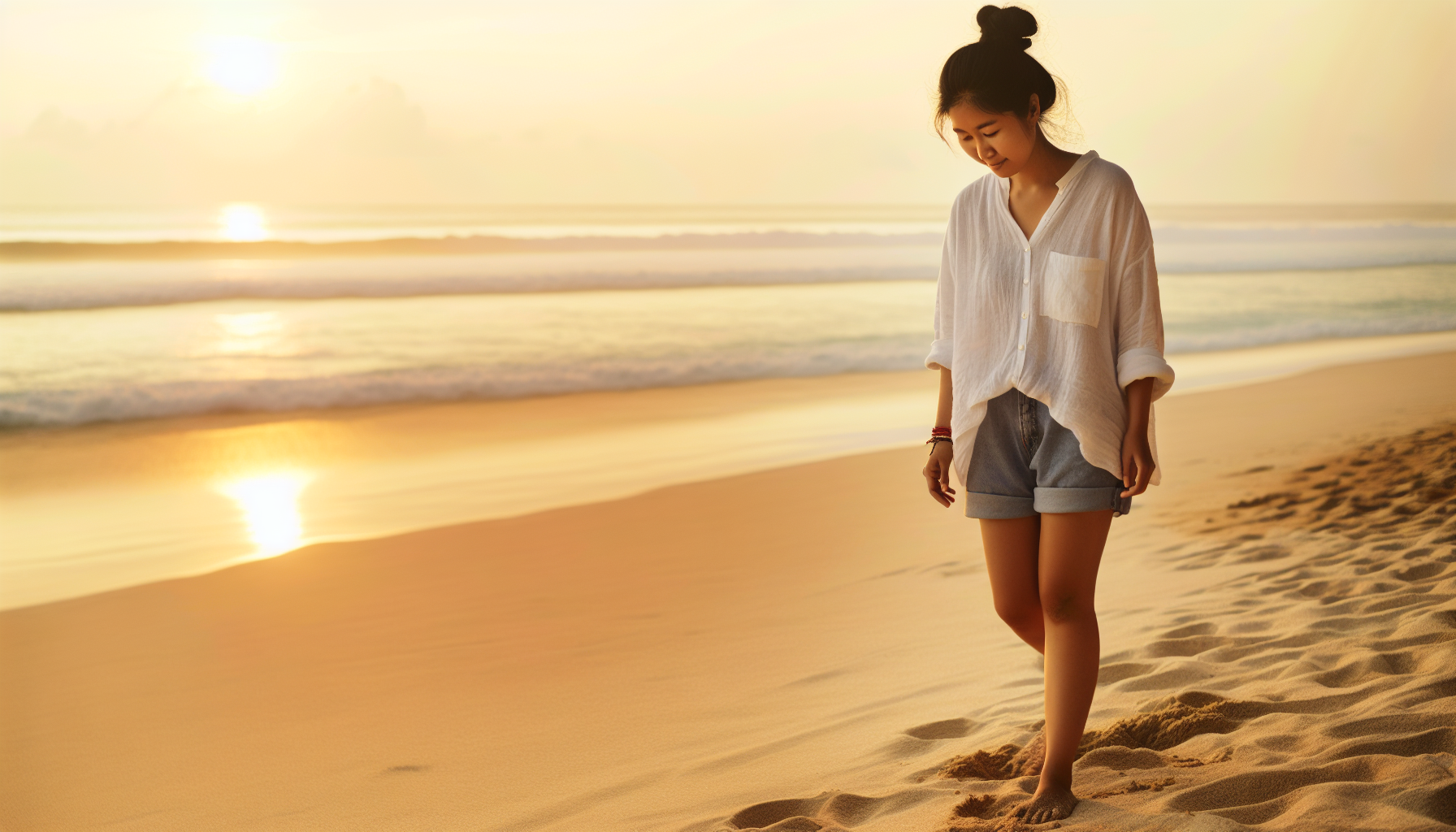
Plantar fasciitis, characterized by a stabbing pain near the heel, is often a nemesis for many. But here’s an interesting revelation: barefoot shoes may offer a viable solution for this nagging foot condition. While it might seem counterintuitive to walk barefoot or use minimalist footwear when experiencing foot pain, studies show it can actually help. By promoting natural foot movement and strengthening foot muscles, barefoot shoes can potentially reduce plantar fasciitis symptoms, including:
-
heel pain
-
arch pain
-
stiffness in the foot
-
inflammation
If you’re suffering from plantar fasciitis, it might be worth giving barefoot shoes a try.
The effectiveness of barefoot shoes can be attributed to their unique design. They mimic the barefoot walking experience, thereby engaging and developing foot muscles. This increased muscle engagement offers essential support to the arch, reducing the strain on the plantar fascia and consequently, potentially easing plantar fasciitis pain.
It’s like taking a step back in evolution, rediscovering our ancestors’ footsteps, and reaping the foot health benefits they enjoyed.
What is Plantar Fasciitis?
Before unpacking the benefits of barefoot shoes, it’s important to comprehend the nature of the problem at hand. Plantar fasciitis is an inflammation of the plantar fascia, a thick band of tissue that runs from your heel bone to your toes, providing support to the arch of your feet. This remarkable structure plays a critical role in our ability to stand, walk, and run. However, repetitive stress and poor foot mechanics can cause this tissue to become inflamed, resulting in the characteristic heel pain associated with plantar fasciitis.
The signs of plantar fasciitis are common: a stabbing foot pain near the heel, often felt when standing up after resting, or dull aches and sharp sensations in the foot. While this condition can affect anyone, certain demographics, such as Hispanic whites and non-Hispanic whites, are more prone to plantar fasciitis. However, with some lifestyle changes, proper care, and addressing issues like flat foot, it’s possible to reduce the risk and maintain foot health.
Why Barefoot Shoes?
So, why consider barefoot shoes? The answer lies in their unique design which promotes a more natural gait, similar to when you walk barefoot. This results in improved balance, stronger foot muscles, and reduced stress on joints, all of which can help manage plantar fasciitis discomfort. Moreover, wearing barefoot shoes for plantar fasciitis contributes to strengthening the foot and arches, offering essential support and protection while still allowing natural foot movement.
Wearing barefoot shoes offers several benefits for those suffering from plantar fasciitis:
-
Allows the feet to function in their natural state
-
Provides minimal support and cushioning
-
Engages the foot’s natural mechanics
-
Reduces pain associated with plantar fasciitis
Barefoot shoes are a viable option for those looking for relief from foot conditions caused by walking with bare feet or engaging in barefoot running, especially when they cannot wear shoes.
The Science Behind Foot Health: How Walking Barefoot Affects Your Feet
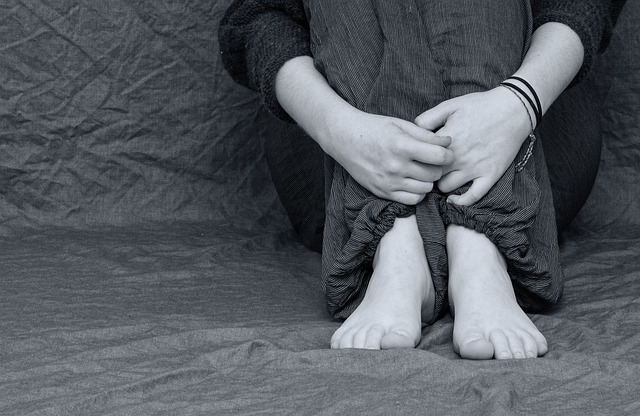
Now that we’ve examined the link between barefoot shoes and plantar fasciitis relief, it’s time to delve into the underlying science of foot health. How does walking barefoot or using minimalist footwear improve foot strength and overall foot function? The answer lies in the amazing benefits that come from walking barefoot or using minimalist footwear. These include:
-
Potential to improve foot strength
-
Increase arch height
-
Enhance foot flexibility
-
Improve gait performance
These changes can prove beneficial in the management of plantar fasciitis.
When we walk barefoot or wear barefoot shoes, we engage the intrinsic foot muscles more than we do in traditional shoes. This engagement leads to an increase in foot muscle size and strength, providing improved support and stability for the feet. This increased foot strength and stability can significantly reduce the strain on the plantar fascia, leading to potential relief from plantar fasciitis pain.
Strengthening Foot Muscles Through Minimalist Footwear
You might wonder, how does minimalist footwear lead to stronger foot muscles? Well, unlike traditional shoes that offer excessive support, minimalist footwear encourages your feet to work harder. This increase in activity engages the intrinsic foot muscles, leading to improvements in foot muscle size and strength. The result? Better support and stability for your feet, and a more natural gait that lowers the risk of developing foot conditions like:
-
plantar fasciitis
-
Achilles tendonitis
-
shin splints
-
bunions
-
hammertoes
So, by wearing minimalist footwear, you can strengthen your foot muscles and reduce the risk of foot problems.
Scientific studies have even quantified these improvements, reporting increases in foot strength between 9-57% and foot muscle size between 7.05-10.6%. Just imagine, engaging in daily activity in minimalist shoes for six months can lead to an average increase in foot strength of 57.4%! This increased foot strength can significantly reduce the strain on the plantar fascia, potentially leading to a noticeable reduction in plantar fasciitis pain.
The Heel to Toe Drop in Traditional Shoes vs. Barefoot Shoes
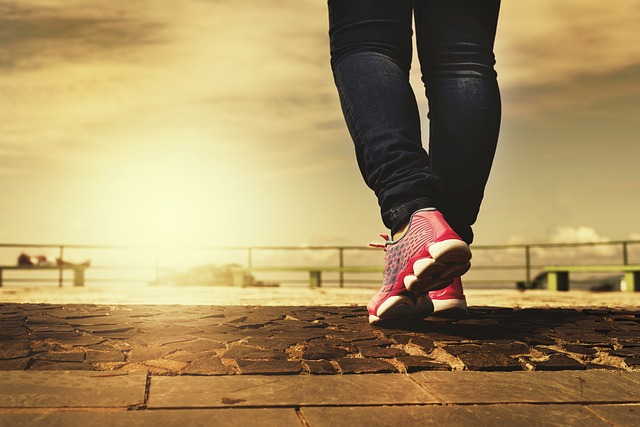
Another aspect to consider in the barefoot shoes versus traditional shoes debate is the heel-to-toe drop. In traditional shoes, this drop averages about 10mm and up. This significant drop can positively influence foot mechanics, promoting a more natural forefoot or midfoot strike during running. It can also aid in the development or relief of plantar fasciitis, as a shoe with a reasonable heel section can help reduce stress on the plantar fascia.
On the flip side, the heel-to-toe drop in barefoot shoes is significantly less, typically around 0 mm. This encourages a more natural foot position, enhancing toe flexion strength, which is crucial for maintaining proper posture and alignment. As a result, your overall foot health can improve, further contributing to the potential relief from plantar fasciitis pain.
Transitioning to Barefoot Shoes: Tips for Avoiding Injuries
While the benefits of barefoot shoes are enticing, transitioning to this style of footwear should be approached with caution. Just like any lifestyle change, a sudden shift can lead to injuries. The key is to take it slow, letting your body adapt to the new footwear at its own pace. Here’s how you can do it:
-
Start by going barefoot more often.
-
Gradually replace your regular shoes with barefoot ones.
-
This approach allows your body to adjust and adapt to any changes in your gait, reducing the risk of injuries.
To ensure a smooth and injury-free transition to barefoot shoes, it’s important to be patient. Remember, it’s not a race. Here are some steps to follow:
-
Select the right type of barefoot shoes that suit your needs.
-
Gradually increase the time spent in them each day.
-
Observe your body’s response and adjust your pace accordingly.
This approach ensures that wearing shoes is not just about changing footwear but about enhancing your overall foot health and comfort.
Starting Slowly to Build Foot Strength
One of the keys to a successful transition to barefoot shoes is starting slowly. It’s like training for a marathon, you wouldn’t start by running 26 miles on day one, would you? Similarly, when transitioning to barefoot shoes, it’s crucial to start by wearing them for short periods, gradually increasing the duration as your feet get used to the sensation. This slow and steady approach allows your feet to gradually build the necessary strength to support your body without the usual cushioning and support of traditional shoes.
Within just 2-3 weeks, most people fully transition to barefoot shoes. However, for those who have been wearing supportive shoes for most of their life, the journey may take up to a year. But trust us, the patience you show during this period will pay off in the long run, with improved foot health and a potential reduction in plantar fasciitis pain.
Listening to Your Body's Signals
During this transition phase, paying attention to your body’s responses is imperative. Some feet soreness and fatigue are normal as your body adjusts to the new footwear. However, if you experience significant pain, it might be a sign of overexertion and a potential risk of injury. In such cases, it’s crucial to reduce the use of barefoot shoes and allow your body to recover. Remember, the goal is not just to wear barefoot shoes but to do so in a way that enhances your foot health and comfort.
Maintaining a positive mindset during the transition is also crucial. Remember, heel discomfort is not solely due to lack of cushioning. Minimalist shoes can improve running form but do not automatically correct it. Recognize the differences between barefoot and minimalist shoes, and prioritize foot safety and comfort in minimalist shoes. This understanding and mindfulness can help ensure a smooth and successful adjustment to barefoot shoes.
Top Picks: The Best Barefoot Shoes for Plantar Fasciitis Sufferers
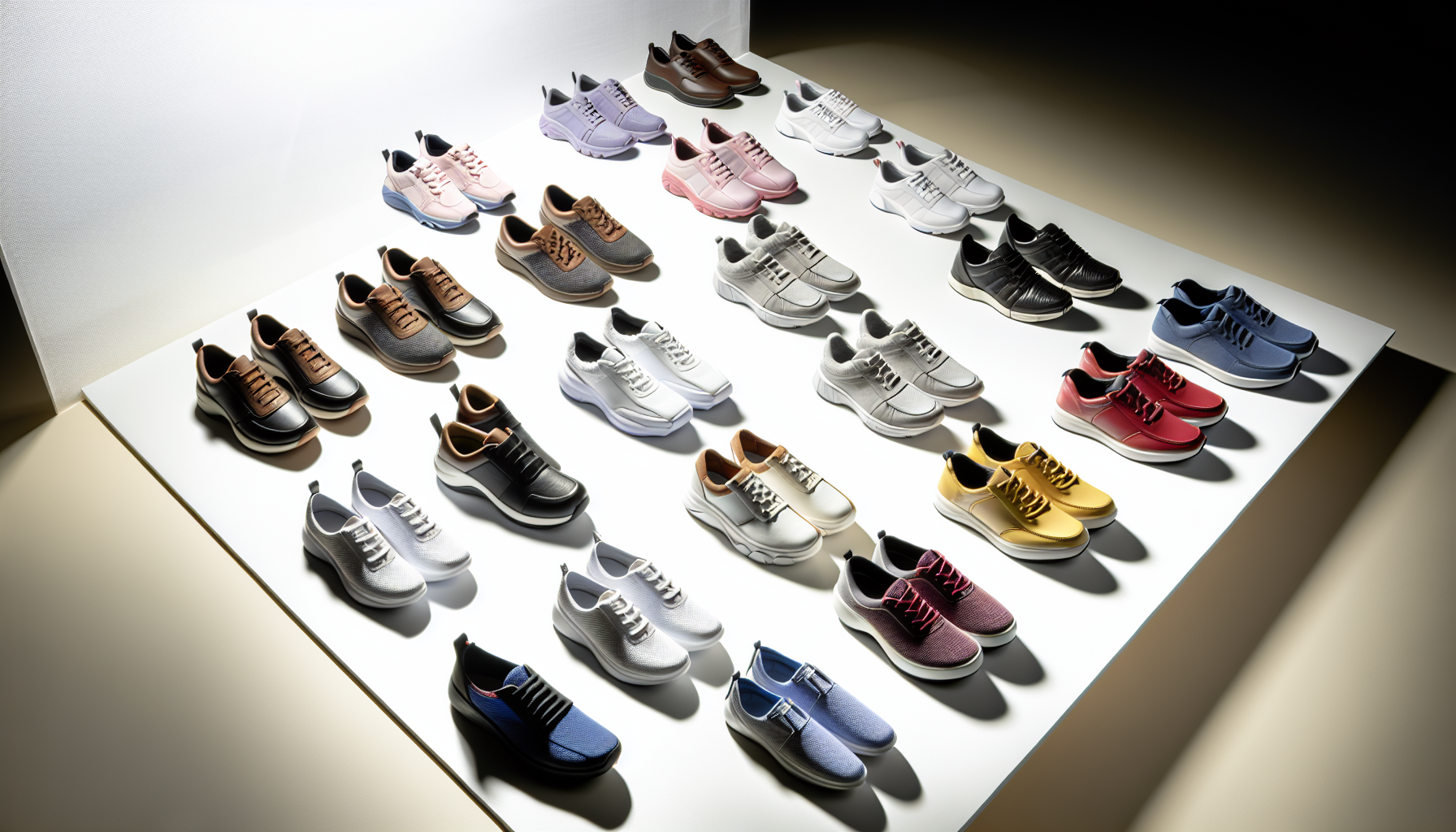
If you’re ready to make the leap to barefoot shoes, you may be unsure of where to begin. Here are some top picks for you:
-
Lems Nine2Five for men
-
OESH or Ahinsa Ballerina for women
-
Lems Shoes
-
Altra Running Shoes
-
Joe Nimble
-
Barebarics
-
Sovella
According to Dr. Mark Cucuzzella, Lems Nine2Five for men and OESH or Ahinsa Ballerina for women are excellent choices for plantar fasciitis sufferers. Other highly regarded brands include Lems Shoes, Altra Running Shoes, Joe Nimble, Barebarics, and Sovella.
We also suggest OAKA for your barefoot dress shoe needs. They are zero drop, very comfortable, and still maintain a professional silhouette.
Keep in mind, the ideal barefoot shoes for you will cater to your individual needs. Consider features like:
-
proper arch support
-
cushioning
-
stability
-
strengthening of foot muscles
When choosing your pair. By comparing specific models and their features, you can discover the perfect fit for your needs and get the best value for your money.
Lifestyle Adjustments to Complement Barefoot Shoe Use
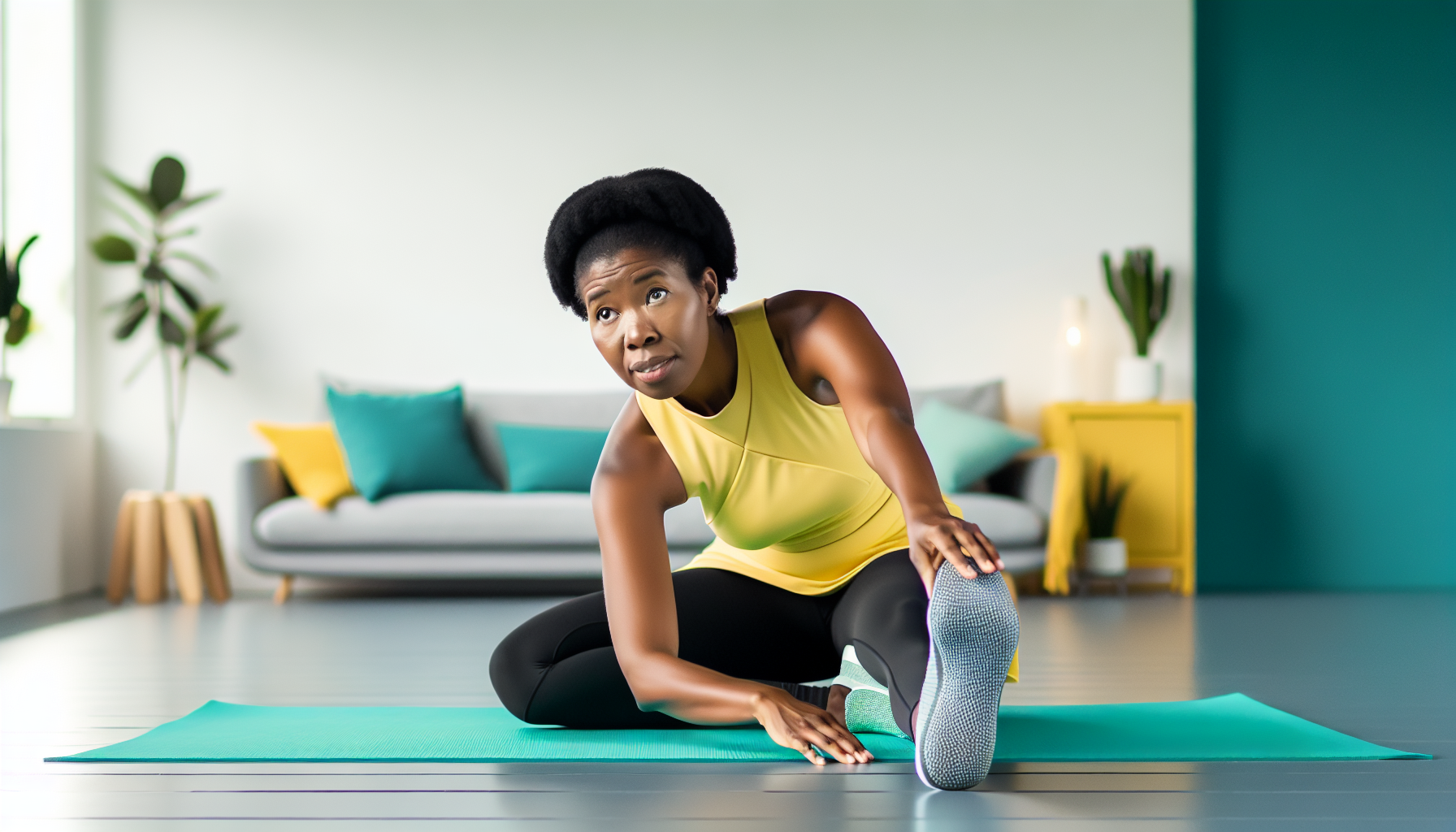
Coupled with the transition to barefoot shoes, adopting specific lifestyle changes can further enhance your journey towards improved foot health. Here are some strengthening exercises that can enhance muscle strength in your feet, ankles, and calf muscles:
-
Toe yoga
-
Towel scrunches
-
Standing calf stretches
-
Arch massages
Remember, the goal is to enhance your overall foot health and comfort, and these exercises can play a crucial role in that.
Additionally, modifying daily activities to support plantar fasciitis recovery can also be beneficial. For example, using night splints or Strassburg Socks during sleep can keep the foot in a stretched position, preventing the shortening of the plantar fascia. This therapeutic approach, along with the use of minimalist footwear, offers a consistent and effective treatment plan both day and night, potentially leading to significant relief from plantar fasciitis pain.
Summary
Stepping into the world of barefoot shoes can seem like a daunting journey, especially for those suffering from plantar fasciitis. However, with a gradual transition, proper exercises, and lifestyle adjustments, barefoot shoes can offer a viable solution to managing plantar fasciitis pain. Not only do they promote a more natural gait and running form, but they also strengthen foot muscles, providing essential support to the arch, and potentially reducing plantar fasciitis symptoms.
The key is to listen to your body and make the transition at your own pace, ensuring your comfort and safety at every step. So, why not give barefoot shoes a chance and possibly discover a new path to foot health? After all, as our ancestors knew, sometimes the best way forward is to go back to our roots.
Frequently Asked Questions
Are barefoot shoes suitable for plantar fasciitis?
Yes, barefoot shoes or walking in bare feet could be helpful for avoiding plantar fasciitis pain by strengthening foot muscles. Give them a try to see if they work for you!
What shoes should you not wear with plantar fasciitis?
Avoid flat shoes like fashion sneakers, plain thongs, slippers, and ballet flats if you have plantar fasciitis. These shoes provide little to no support for your feet, which can exacerbate the condition.
Do podiatrists recommend going barefoot?
Yes, podiatrists generally recommend going barefoot occasionally to allow your feet to air out and stay healthy.
What are barefoot shoes and how can they help with plantar fasciitis?
Barefoot shoes, designed to mimic walking barefoot, can potentially help with plantar fasciitis by promoting a natural gait, strengthening foot muscles, and reducing stress on the plantar fascia, which may alleviate symptoms.
What is the heel-to-toe drop and how does it differ between traditional and barefoot shoes?
The heel-to-toe drop is the height difference between the heel and forefoot in shoes. Traditional shoes have a significant drop, while barefoot shoes have a minimal drop for a more natural foot position.
_____________
P.S. Try OAKA, our barefoot Derby style dress shoe that strengthens your feet and provides all day comfort.
---
Michael Plater is an authority on barefoot shoes, having spent years reviewing and testing products as well as modifying and ripping out soles to find the healthiest options.
